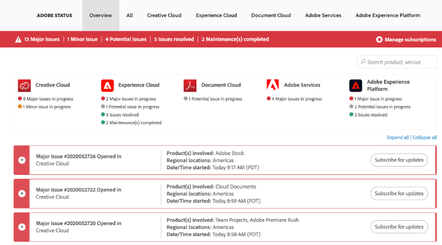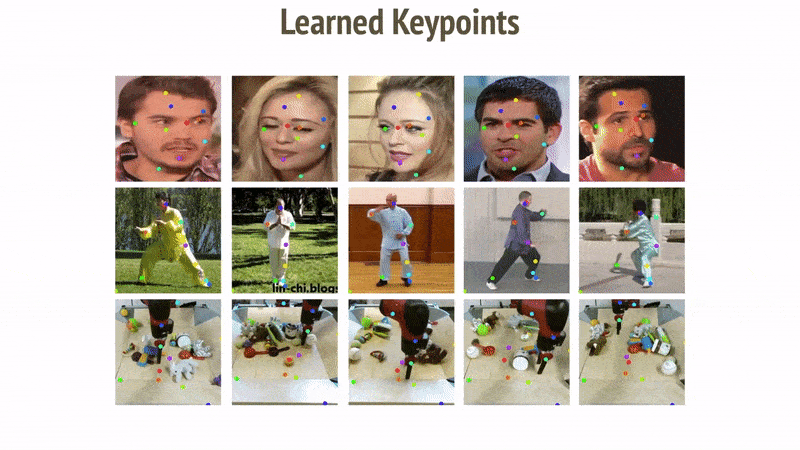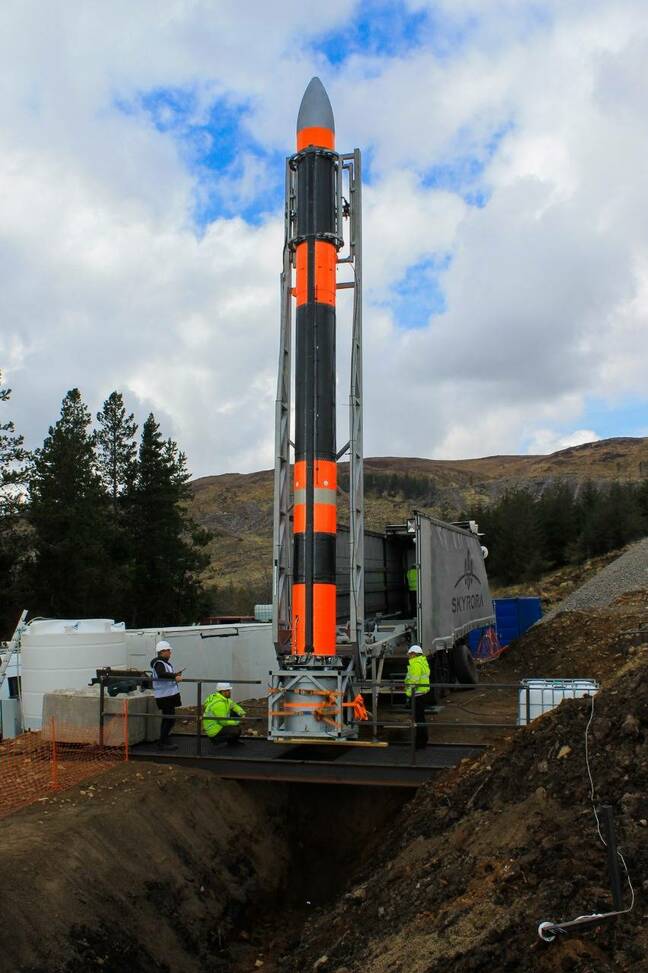In yet another setback for Elon Musk’s beloved steel spaceship, a SpaceX Starship prototype has exploded on the pad during a rocket test burn.
Starship SN4 – designed to ferry astronauts to the Moon and Mars – was undergoing a static engine fire test on Friday when, in scientific terminology, it blew the hell up. Footage of the explosive experiment, captured by news site NASASpaceFlight and embedded below, appears to show the prototype’s rocket venting fuel, or some other material, shortly before a “major anomaly” occurred in which the craft rapidly scattered itself across the Boca Chica testing facility in Texas.
Fortunately, nobody appears to have been hurt, other than some feelings at SpaceX. And maybe possibly the US Federal Aviation Administration, which this week reportedly granted permission for suborbital Starship test flights.
“It looked to me like the lower tank began leaking after a static fire, probably caused a loss of pressure that then resulted in the tank being crushed by the mass in the upper tank,” surmised Scott Manley, an Apple software engineer and amateur astronomer.
“The failure of both tanks lead to ignition and RUD.” That’s rocket-speak for Rapid Unscheduled Disassembly, a term Elon Musk has used in a Pythonesque way before.
Nevertheless, the explosion was large enough to be picked up by the radar systems of local weather stations in the US state.
The smoke plume from #SpaceX’s SN4 explosion could be seen from the Brownsville, Texas Doppler radar site!
Although it may appear green on reflectivity (like the nearby rain showers) we can use Dual-Pol products to determine this was indeed smoke.#wx #sn4 #weather #space #txwx pic.twitter.com/JYDuuFFI7k
— Nash from Nashville (@NashWX) May 29, 2020
SpaceX could not immediately be reached for comment on the destruction of its prototype. Founder Elon was also absent any sort of statement; both have opted instead to focus on this weekend’s manned Dragon launch.
It should be emphasized that the SN4 prototype that detonated on Friday is not the same as the SpaceX Dragon crew capsule and Falcon rocket set to take off from Florida on Saturday with American ‘nauts onboard heading to the International Space Station. That combo, the Falcon 9 rocket and its Dragon capsule, has proven itself over several flights to be significantly less prone to fits of rapid unscheduled disassembly.
The crewed Dragon pod was slated to take off from Cape Canaveral on May 27, but had to be scrubbed due to bad weather. Saturday’s launch also faces the possibility of being called off by the weather.
The Starship craft, by comparison, is still in its prototype phase and undergoing early tests. These sort of blow-ups are not unheard of with craft this early in development: new rockets are hard at first, as you can see below.
The Falcon-lifted Dragon spacecraft are meant to be SpaceX’s commercial bread and butter, delivering crew to the orbiting space station using American-owned and launched rockets without having to go cap in hand to the Russians. Boeing, too, is taking a shot at the market, although its project is behind schedule.
Starship is seen as a more ambitious long-term effort to create a vessel capable of not only heavy lifts, but also flights to the Moon and Mars. When you’re dealing with rocketry on that scale, mistakes are going to happen – that’s why you make them on the ground first.
Still, this is not going to be something SpaceX will want to see less than 24 hours before the most significant launch in its history is scheduled to go off. Test or not, a rocket exploding on the pad is a bad look for many.
As for Saturday’s mission – an all American crew in an all American craft lifting off from American soil for the first time since 2011 – the forecast is changeable, so another scrub is possible. We’ll be watching and keeping you updating as it happens
I would not have felt too happy sitting on that manned flight





